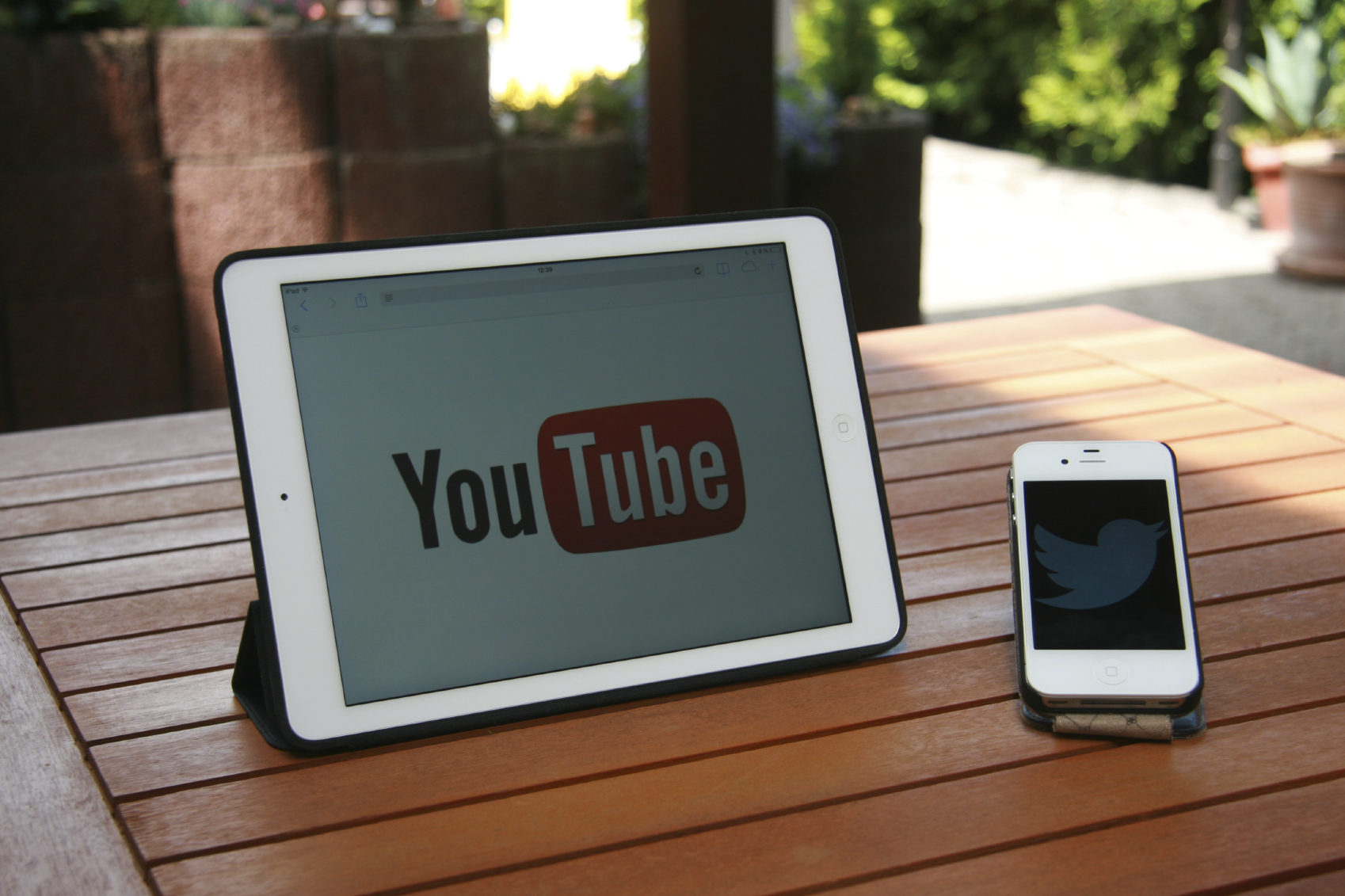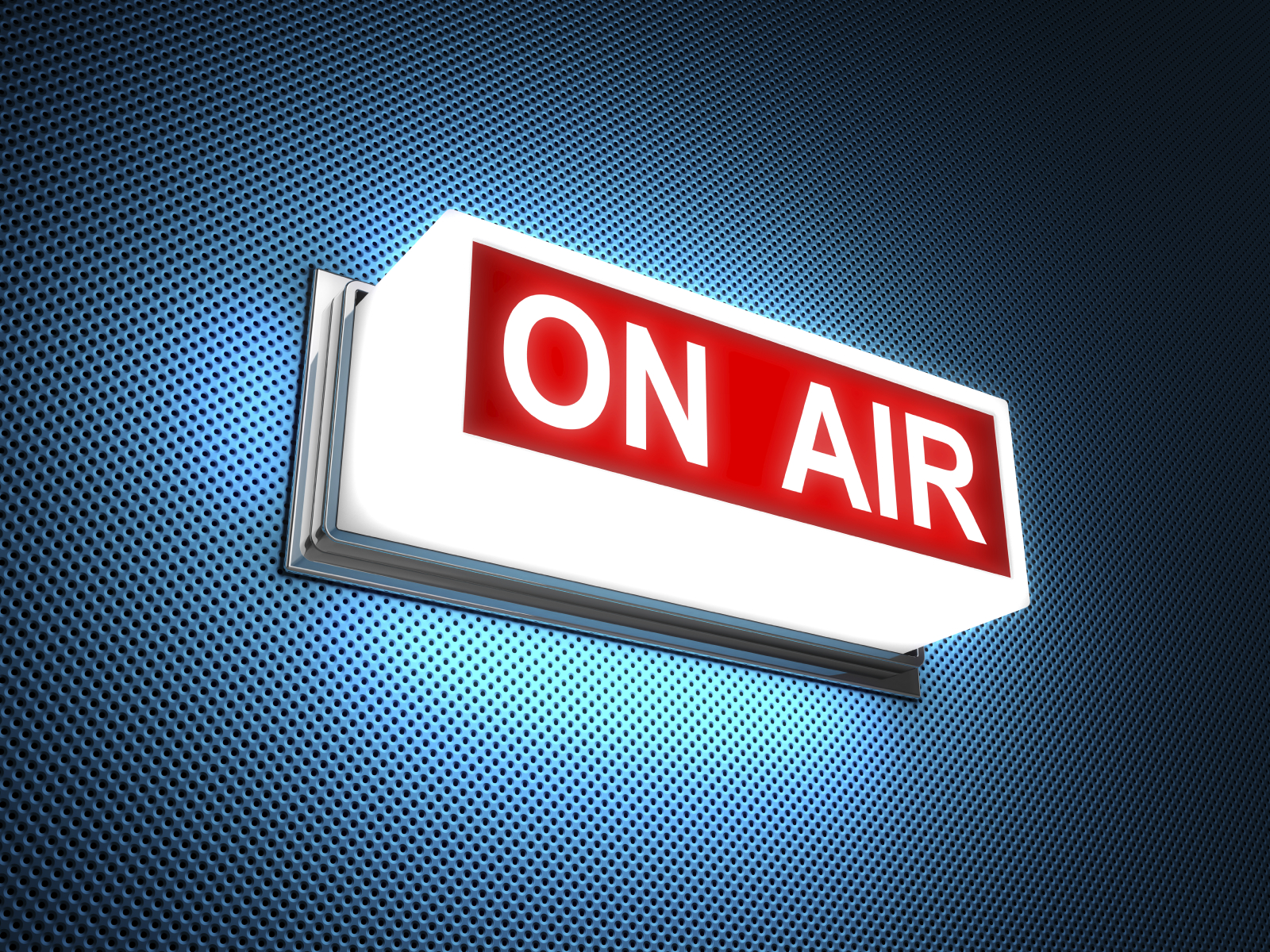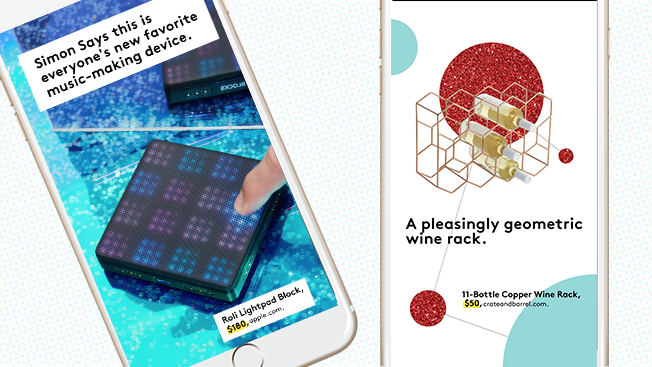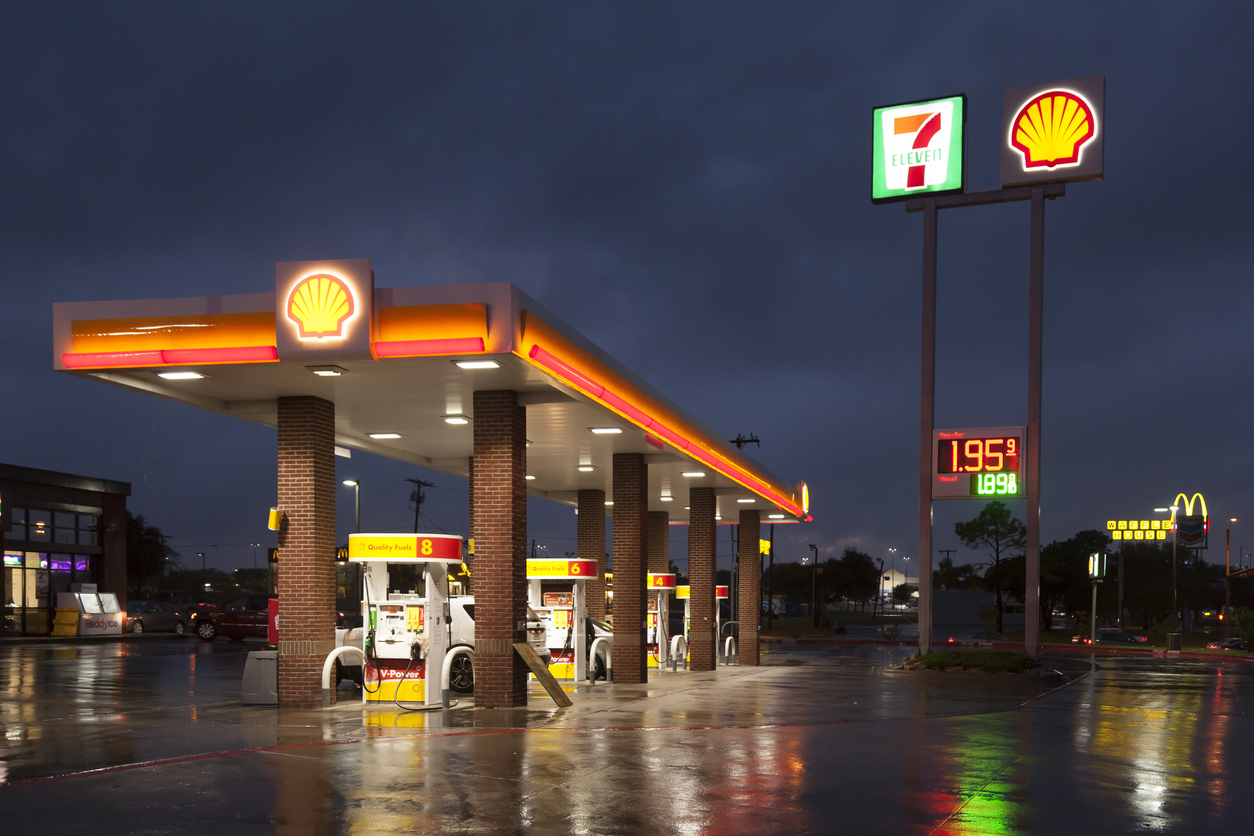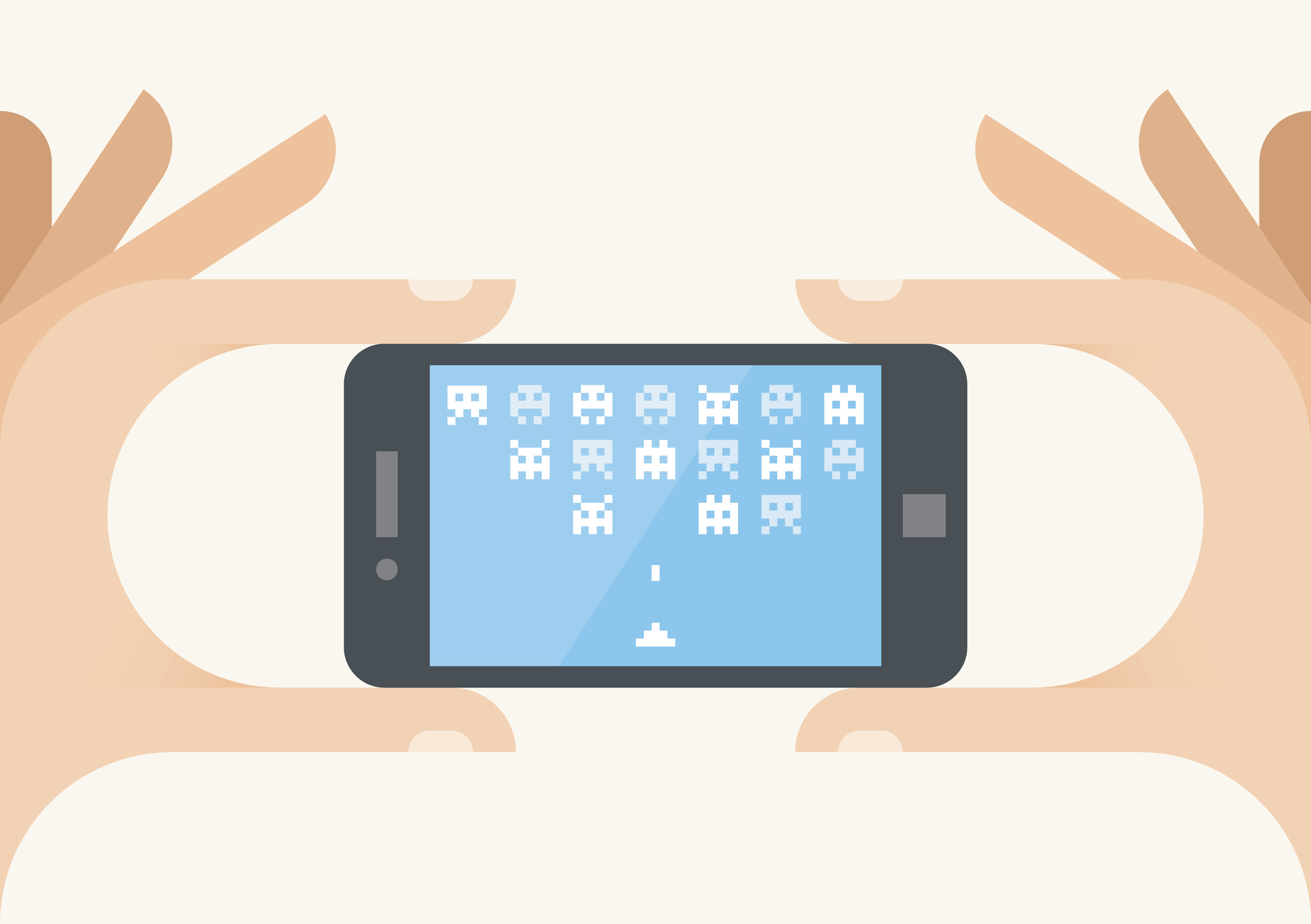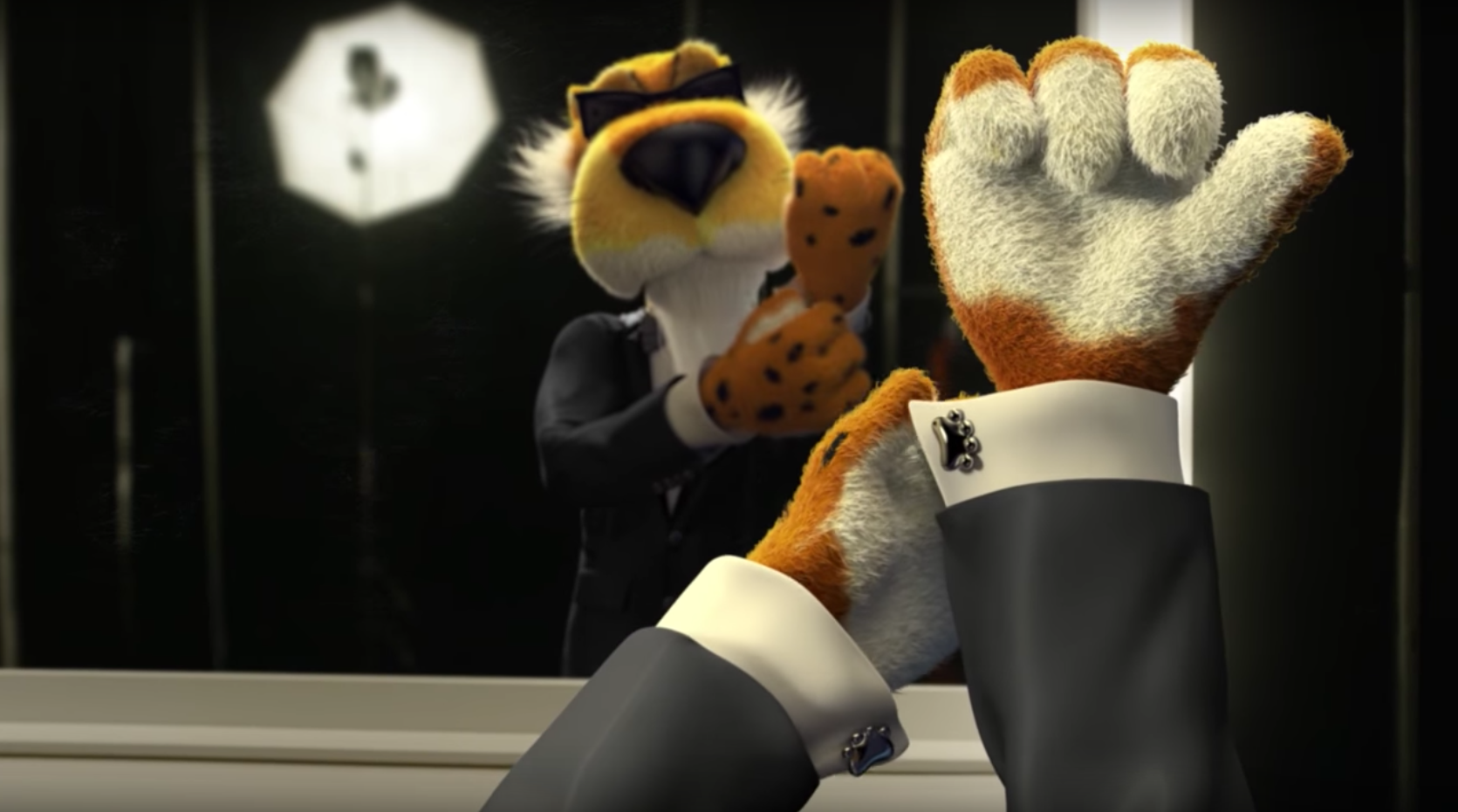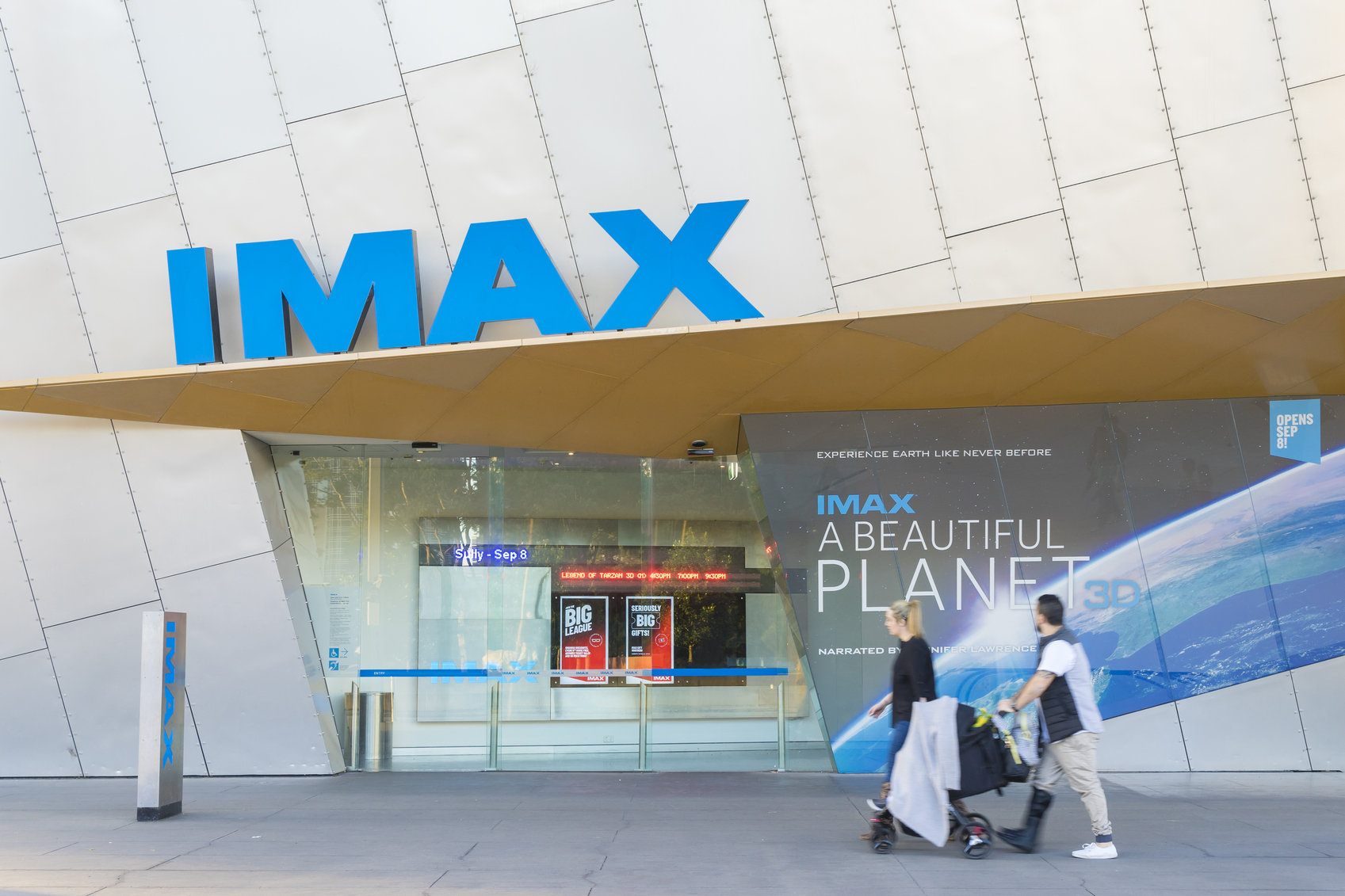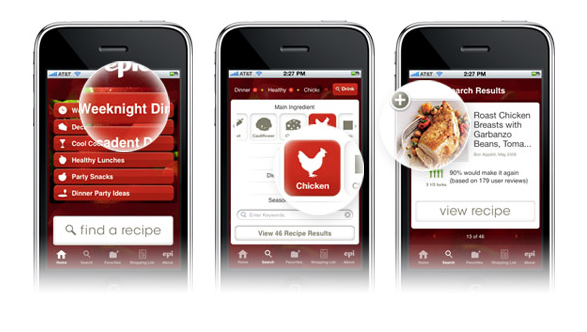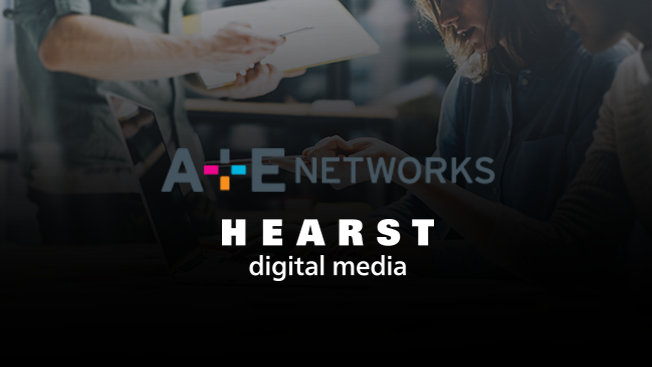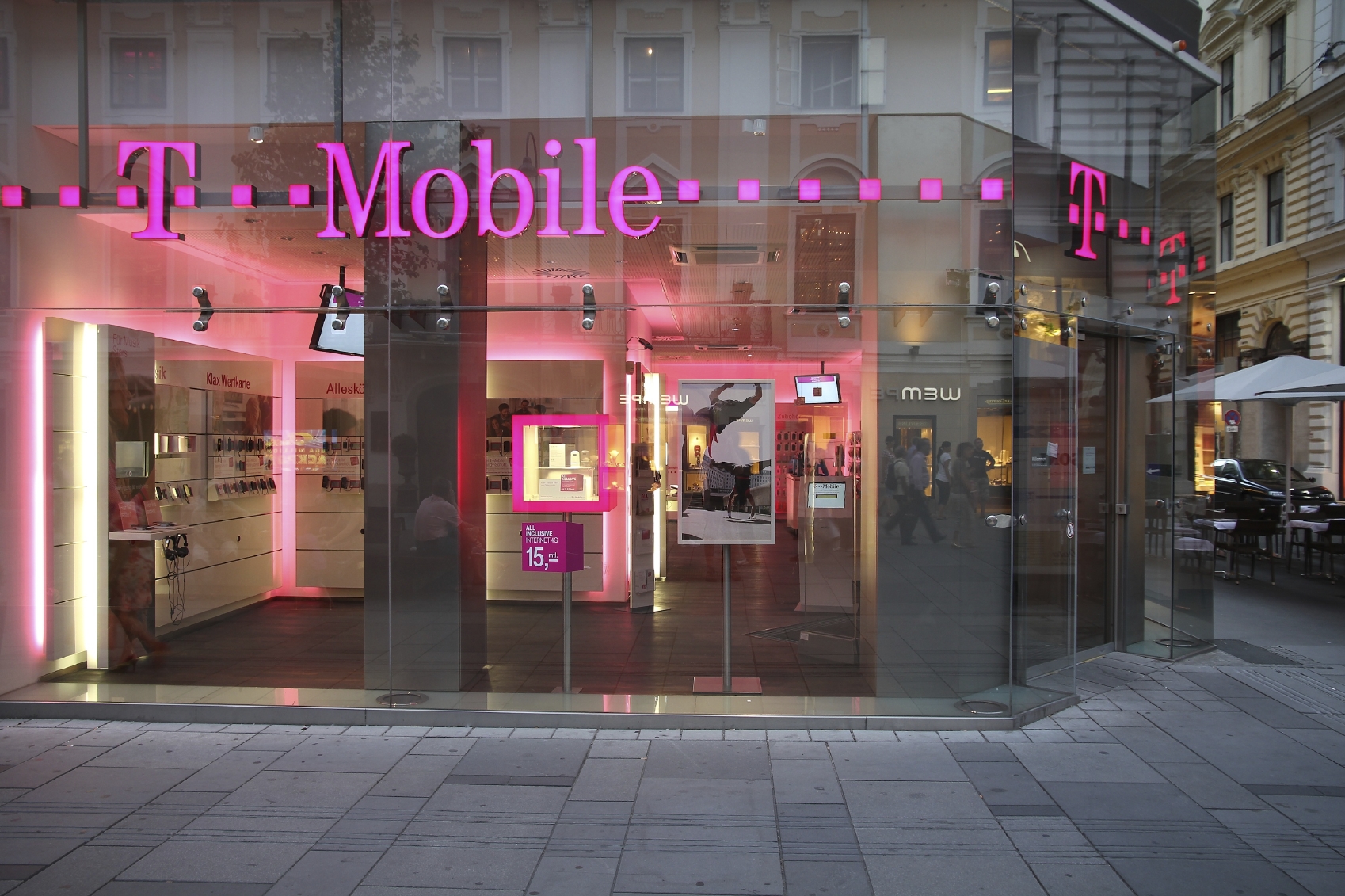What Happened
More and more brands are embracing branded and sponsored content in order to reach the increasingly distracted customers. This week alone saw three big brands making a play for content marketing. Toyota is sponsoring an upcoming original YouTube series created by Buzzfeed video creator and star Ashley Perez, aligning its brand message of “helping millennials go places” with the show’s theme of empowerment. Earlier this week, Taco Bell debuted an original weekly video series “Taco Tales” on its YouTube page, aiming to entertain and connect with customers with “stories that could only happen to Taco Bell fans.” Starbucks, on the other hand, is teaming up with three writers from “The Simpsons” for an original video series, which will come in the form of animated shorts that highlight Starbucks’ culture and feature its stores, the baristas, and the customers.
What Brands Should Do
As consumer attention becomes increasingly fragmented and the subpar mobile ad experience drives many users to use ad-blockers {a trend we explained in depth in the Ad Avoidance section of our Outlook 2016), it is becoming more and more difficult for brands to reach their desired audience via traditional media channels. Therefore, brands should take a cue from Mercedes’s influencer efforts and be willing to explore new forms of advertising such as sponsored or branded content, as well as new media formats such as VR and 360-degree video, to circumvent consumers’ growing ad aversion and pique their interest.
Sources: As linked in the article
